Nutritional tips
Which foods are the best sources of energy?
High-energy foods should also be rich in additional nutrients. Nutritionist Valentina Huwiler does not demonise croissants or butter, but advises moderation – and a jar of nuts and seeds.
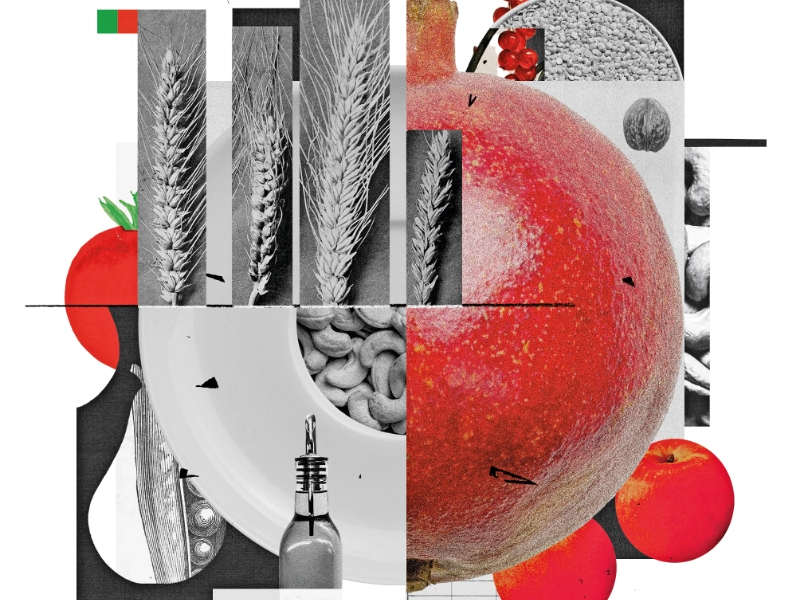
Food provides the necessary energy for everyday life, but not all energy sources are the same: while some foods are rich in valuable nutrients, others contain mainly empty calories. Nutritionist Valentina Huwiler explains which foods are particularly recommended as sources of energy and how they can be optimally integrated into your diet.
Bread: The classic energy boost
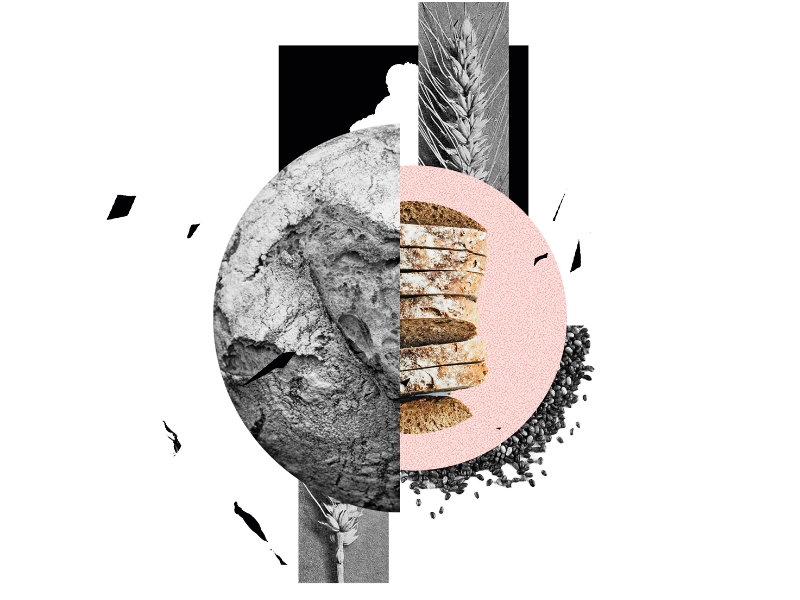
For a long time, bread was not only considered the number one foodstuff, but was also synonymous with earning a livelihood, with talk of people being “breadwinners”. “Bread is no longer as important as it used to be,” says Valentina Huwiler. “But certainly I know lots of people who eat plenty of bread at dinner or brunch – it is still considered one of the most important sources of energy in our country.” Nevertheless, bread is perceived by many as fattening and unhealthy. “I think that’s a shame, because wholemeal breads in particular are important suppliers of dietary fiber. And the demand for fiber among the population is far from being met.” Wholegrain bread usually also provides the necessary micronutrients (such as vitamins and trace elements) and macronutrients (such as proteins, fats and carbohydrates).
As Ms. Huwiler explains, whether bread is more of an energy supplier or an energy regulator depends on how it is made. “According to one theory, people eat until their protein requirements are met.” The aforementioned dietary fiber would also have a satiating effect. “As a result, people tend to eat less wholemeal bread than white bread.” She does not demonize the occasional enjoyment of brioche or croissants, but she advises restraint: “You can treat yourself to two pieces of brioche a week,” says Huwiler. “But it’s a good idea if you don’t just eat honey or jam with it, but also hummus, beetroot, cream cheese or a little cress.” White bread is also ideal as a quick source of energy, especially before sporting competitions.
Subscribe to the uniAKTUELL newsletter

Discover stories about the research at the University of Bern and the people behind it.
“However, unlike in the case of wholemeal bread, anyone who eats white bread could well put weight on,” says Huwiler, summarizing the state of research. How can you tell whether a particular type of bread is also a good energy regulator – that controls key processes such as glucose intake, fat burning and cell growth? “The rule of thumb is: The longer a loaf proofs and the darker it is, the better. The food industry is also aware of this. As a result, malt is added to certain white breads, which turns them darker in color – without really being healthy.” Basically, all you need to make good bread is yeast, water, flour and, if need be, a little salt.
Valentina Huwiler’s tip:
“When buying bread, it’s a good idea to pay attention to the nutrient composition. If there are lots of dietary fibers as well as grains and seeds listed, that is certainly a good sign.”
Fruit juices: Less benefit than expected
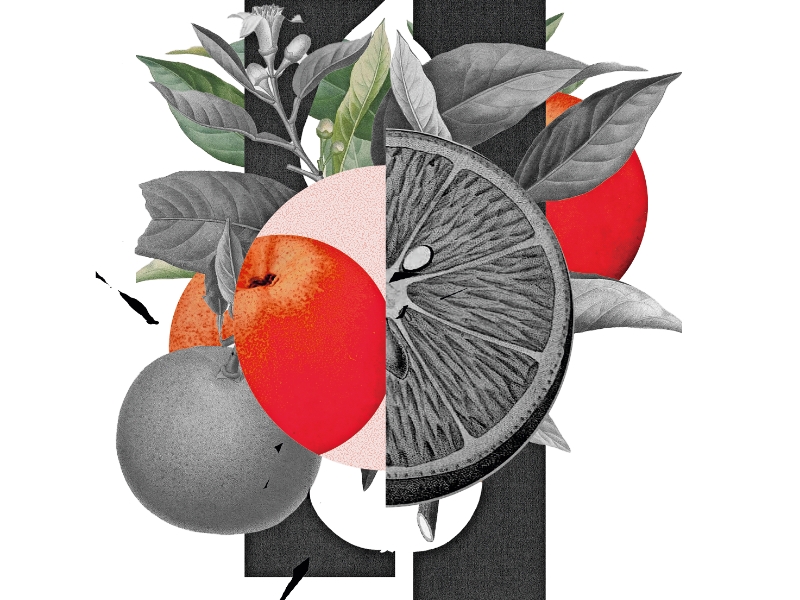
Orange juice is considered the king of fruit juices. In Switzerland, people apparently drink around six liters per year and per capita. It is refreshing, conveniently packaged, and most of the micronutrients are still present. “it's likely that some people primarily consume fruit juices to ease their conscience,” says Valentina Huwiler: “Because it makes them feel like they’ve eaten a piece of fruit.” However, this is only partially true: “In fruit juices, in particular, the dietary fiber, which has a satiating effect, is greatly reduced.”
In addition, half a liter of orange juice contains around 50 grams of sugar, other juices (apple, pears, grapes) slightly more. Ms. Huwiler’s conclusion: “The higher the nutrient density – such as less sugar and more dietary fiber – the healthier the fruit juice.” And how do smoothies, mixed drinks made from fruit, compare to fruit juices? “There’s no question about it, the smoothies have an advantage here. This is because the whole fruit is pureed, which means that the dietary fibers, complex carbohydrates, are retained – which in turn has a satiating effect. Unlike fruit juices, smoothies therefore contain nutrients that are important for our intestinal bacteria.” Even though it is better to eat a whole piece of fruit, it’s no problem to drink fruit juice every now and then: “Fruit juice is always better than no fruit at all.”
Valentina Huwiler’s tip:
“If it’s juice, it’s preferable to have 100% fruit that still contains pulp, but preferably contains no additional sugar.”
Nuts, seeds, grains: Powerful snacks
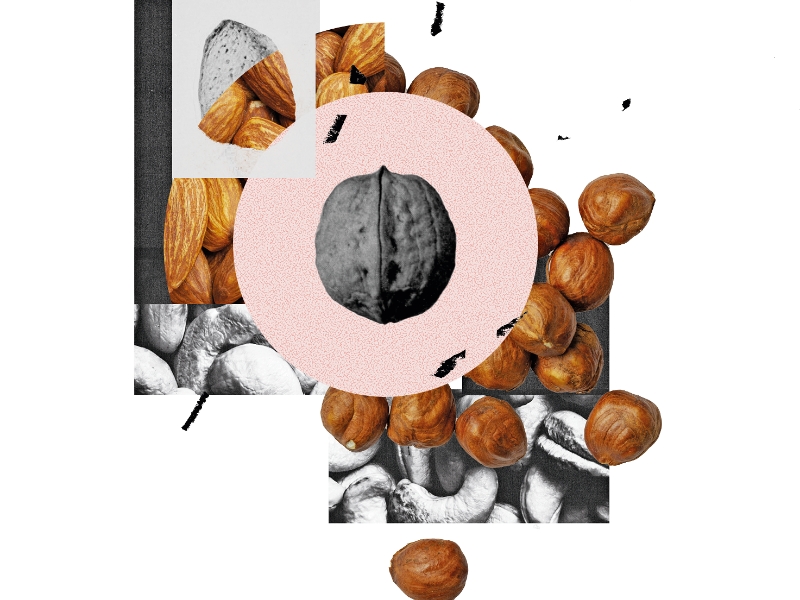
According to Valentina Huwiler, nuts, grains and seeds not only provide a lot of energy, but also have an excellent nutrient profile. These include hazelnuts, walnuts, linseed and chia seeds. “Pretty much anything that has ‘nut’ or ‘seed’ in its name,” summarizes Huwiler. Nevertheless, these foods tend to be underestimated by the population. “That’s a shame, especially as nuts are the perfect snack for when you’re out and about.” And the more different nuts you consume, the better. After all, each type of nut has a slightly different profile. “While one has a little more protein, another has more dietary fiber or magnesium.”
“I also think nuts, grains and seeds are becoming more popular,” says Huwiler. Due to their high proportion of protein and dietary fiber, they have a satiating effect. “Which stops you from reaching for a piece of chocolate.” You should not be put off by the high calorie content of nuts and seeds, especially as they do not offer empty energy, but also provide important macro- and micronutrients. “They help to meet a good proportion of our daily nutritional needs.” Basically, it's a good idea to eat almost all nuts and they certainly won’t do us any harm. As a rule of thumb, however, around a handful of nuts per day is considered appropriate. “You should just make sure you are careful with Brazil nuts due to their high selenium content.”
Valentina Huwiler’s tip:
“Everyone should take a good mix of nuts and seeds with them when they’re out and about.”
Pulses: Essential for vegetarians
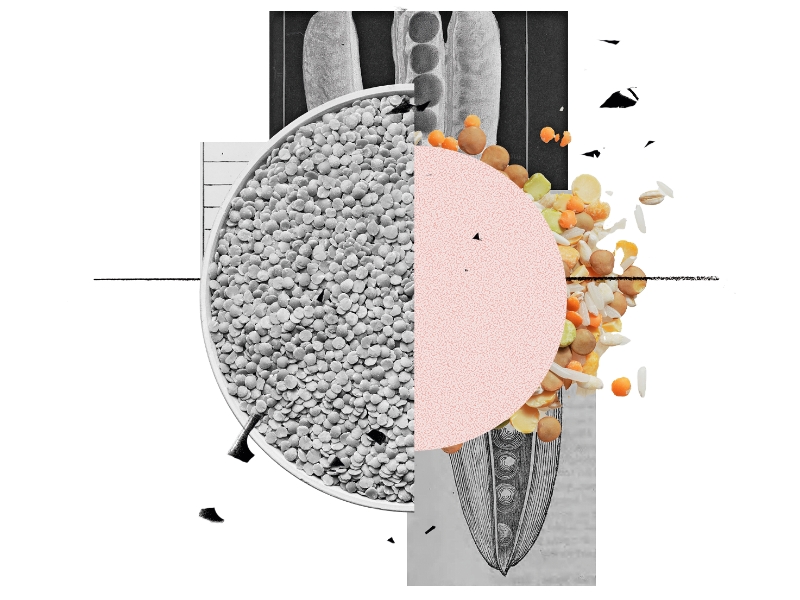
“Pulses have an excellent nutrient profile, as they not only contain lots of proteins but also lots of additional nutrients,” says Valentina Huwiler, praising their benefits. And what makes peas, beans, lentils and chickpeas good energy regulators? “They are characterized by their very low fat content,” the scientist points out. “So, in other words: For every calorie consumed with these foods, you get not only the proteins mentioned, but also a lot of dietary fibers and micronutrients. These have a satiating effect and therefore reduce energy consumption.”
Only soya beans and peanuts differ from other pulses, explains Huwiler: “They have a high fat content, which is why they should only be consumed in moderation.” Pulses have many health benefits: “Among other things, they are believed to be able to reduce cardiovascular diseases. And when you eat pulses, you consume less energy overall, which usually has a positive effect on your body weight. The risk of overeating with pulses is therefore very low.” Only people who eat too little dietary fiber and therefore tend to have fewer intestinal bacteria that help break down pulses should be careful not to consume too quickly and too many pulses. “Otherwise, there’s a risk of bloating.”
Valentina Huwiler’s tip:
“Pulses alone do not cover the full amino acid spectrum. That’s why it’s important to combine them with grain.”
Oils: Influence on healthy eating
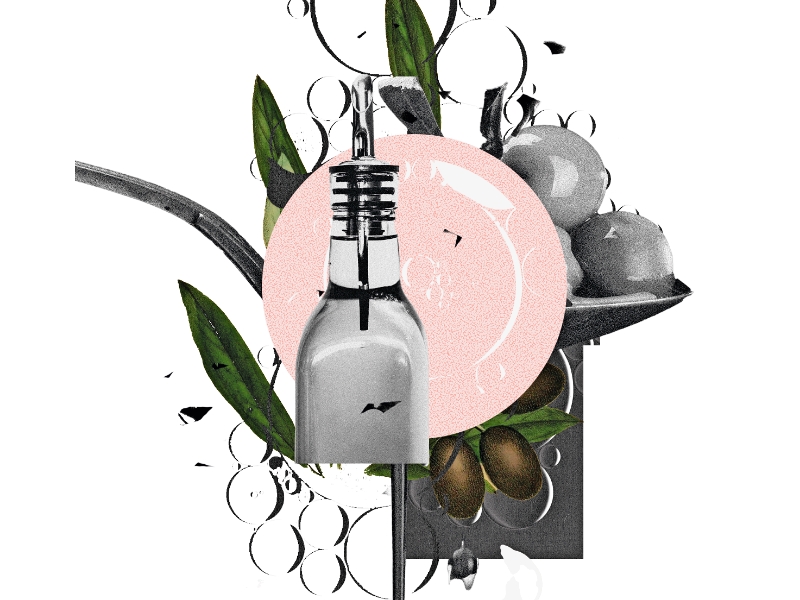
Anyone standing in front of the oil shelf at a major retailer is spoilt for choice. All the more so because it is important to remember that oils are energy-rich and central to the absorption of vitamins such as A, D, E and K and also contribute to making food tasty.
“In principle, vegetable oils are healthier than animal fats,” says Valentina Huwiler. This is due in particular to the fat composition. “The aim should be to use an oil with as many unsaturated fatty acids as possible – for example olive, rapeseed or linseed oil.” The profile of unsaturated fatty acids plays an important role here. “Linseed oil, for example, has an excellent ratio of omega-3 to omega-6 fatty acids. Omega 3, which is also found in walnuts and pulses, is particularly important for the human metabolism. Omega-6 fatty acids, which are found in sunflower oil, beef and avocados, are also important for the heart and circulation. With regard to animal fats, which – apart from fish – usually contain a lot of saturated fatty acids, Huwiler says it is important not to demonize them, because: “We need them, too.”
Valentina Huwiler’s tip:
“It is advisable to consume oils that are liquid at room temperature – in other words, rapeseed or olive oil instead of palm or coconut oil.”
About the person

Valentina Huwiler is a postdoctoral scientist at the University of Bern and the Diabetes Center Bern. As part of the research group of Maria Luisa Balmer affiliated to the Institute for Infectious Diseases, she is primarily dedicated to clinical nutritional medicine and new nutritional approaches.
Magazine uniFOKUS
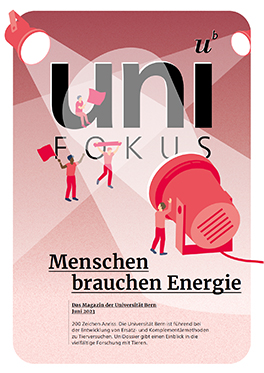
People need energy
This article first appeared in uniFOKUS, the University of Bern print magazine. Four times a year, uniFOKUS focuses on one specialist area from different points of view. Current focus topic: Energy
Subscribe to uniFOKUS magazine

